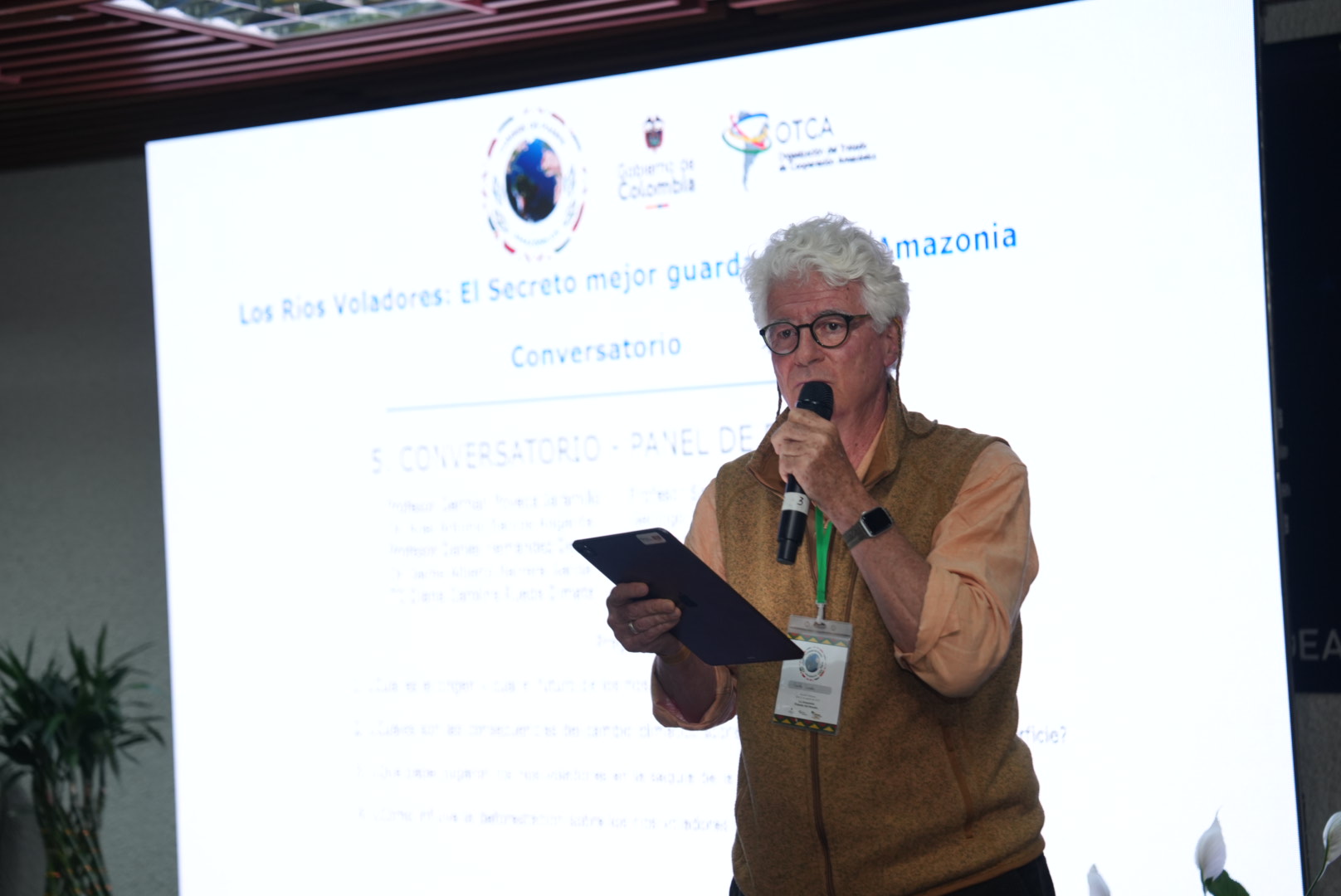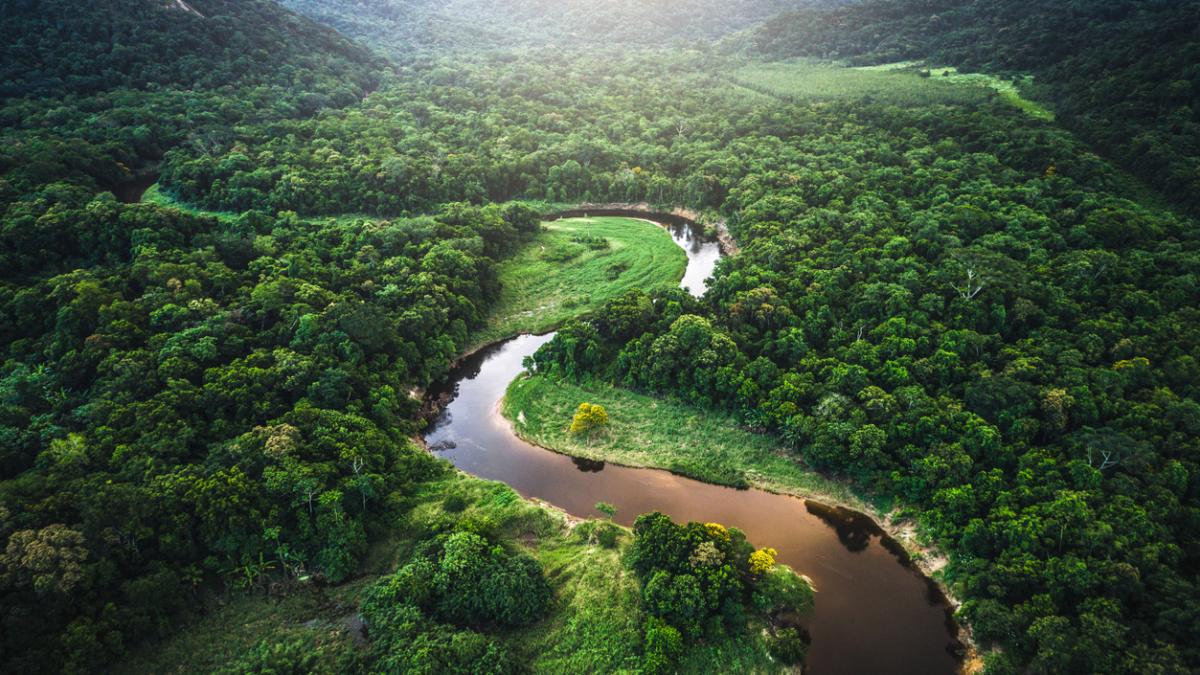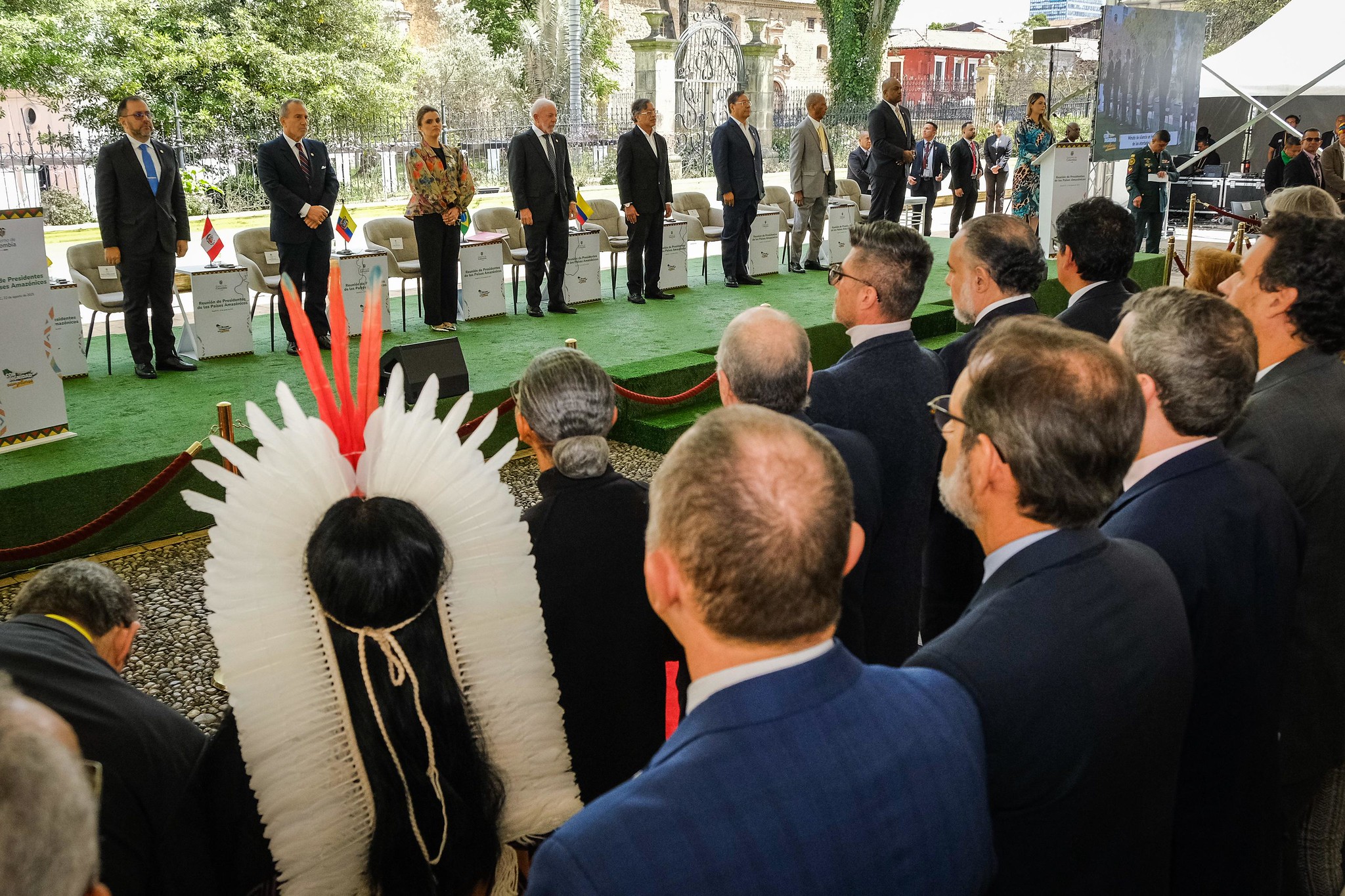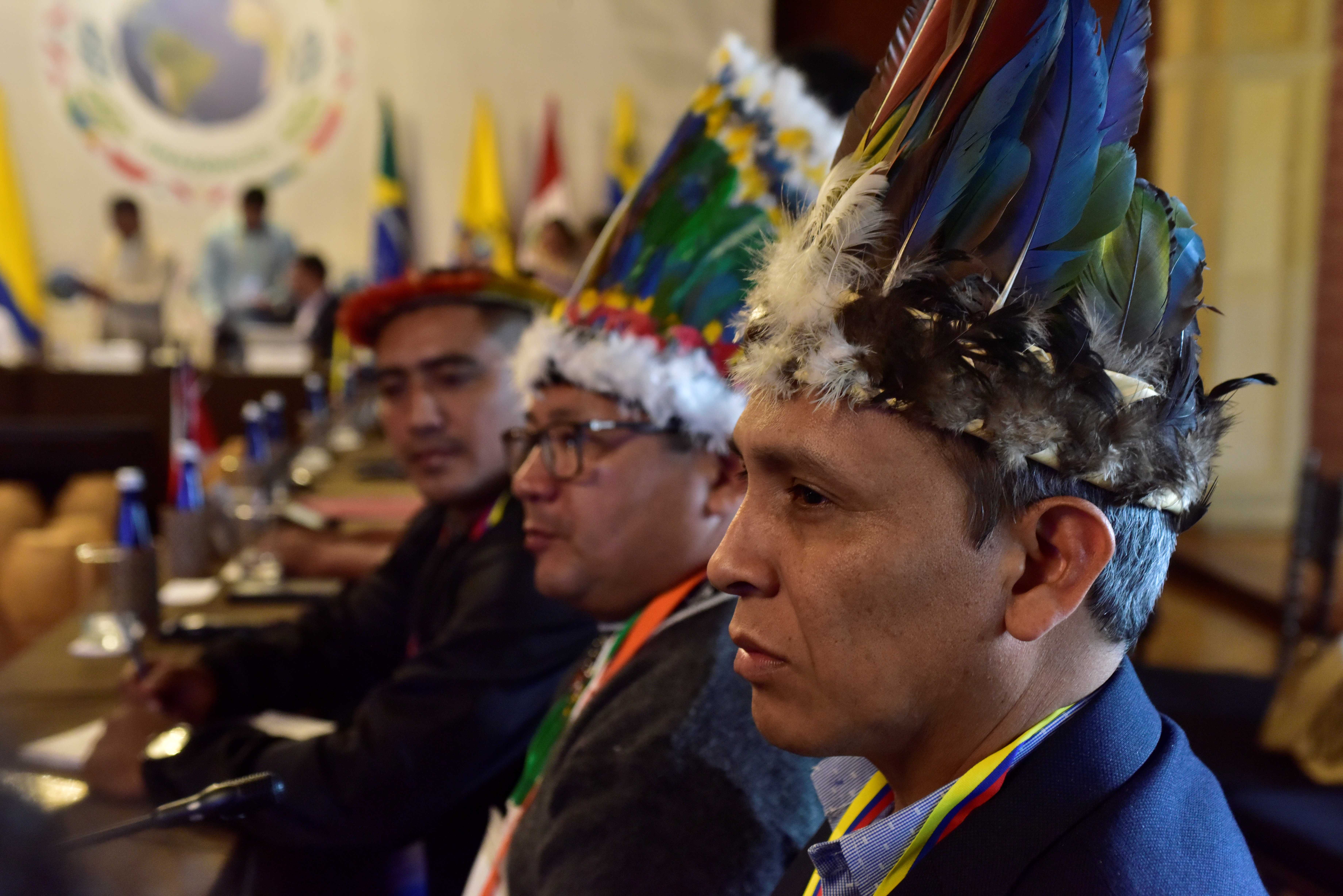Bogotá, August 19, 2025 (@OCTAnews) – While the Amazon Dialogues have provided a space for civil society organizations to reflect on pressing issues facing the world’s largest tropical rainforest, finding comprehensive solutions requires listening to experts on the Amazon region.
On Tuesday, the panel “Flying Rivers: The Amazon’s Best-Kept Secret” took place at the National University of Colombia, in partnership with the Colombian Foreign Ministry. The event brought together academics, representatives of the Amazon Cooperation Treaty Organization (ACTO), the Institute of Hydrology, Meteorology and Environmental Studies (IDEAM), the Amazonian Institute for Scientific Research, the Geological Service, and National Parks authorities.
During the session, experts discussed the phenomenon of flying rivers—also known as aerial rivers—and their crucial role in supplying rainfall not only to the Amazon itself but also to densely populated rural and urban regions across South America.
Participants agreed that the Amazon functions as the planet’s “air conditioner,” and that the rapid deforestation of the rainforest is weakening the flying rivers’ ability to mitigate increasingly prolonged droughts caused by climate change.
This natural transport of atmospheric moisture relies on the Amazon rainforest to ensure that water steam—originating in the Atlantic Ocean—reaches the Andean highlands.
“We need to understand changes in ocean temperatures, as well as in the atmosphere, and how the two interact to predict the inflow of moisture into the Amazon. Looking ahead to 2030 and 2050, we anticipate a weakening of this moisture inflow,” said Arnaldo Carneiro, Scientific Coordinator of the Amazon Regional Observatory (ARO) at ACTO.
Carneiro went further, he also highlighted an often-overlooked dimension of the issue: politics. “We are importing climate changes from the Northern Hemisphere. When we look at ocean current dynamics coming from the north, the rise in temperature is affecting the inflow of humidity into the Amazon. That’s why we need to use this Amazon Summit as a platform to bring these issues into the political debate.”
To underscore his point, Carneiro broke it down into figures: “Between 60% and 70% of Amazon forest degradation has it originates on the Northern Hemisphere, about 20% is linked to deforestation, and 10% results from our own mistakes. So even if we fight deforestation, the problem won’t be fully solved.”
Finally, Carneiro urged greater awareness, warning that the Amazon is no longer the world’s lungs—but could become so again. if adaptation mechanisms are implemented.
“In some areas, the Amazon is emitting CO₂ instead of absorbing it, as it should. That’s a reality we can’t ignore—and one we must confront,” he concluded, expressing hope that this Amazon Summit will strengthen the commitment of ACTO member countries to foster research and develop more tools to protect the ecosystem.
Follow us on:
X: @OTCAnews
IG: @otca.oficial



